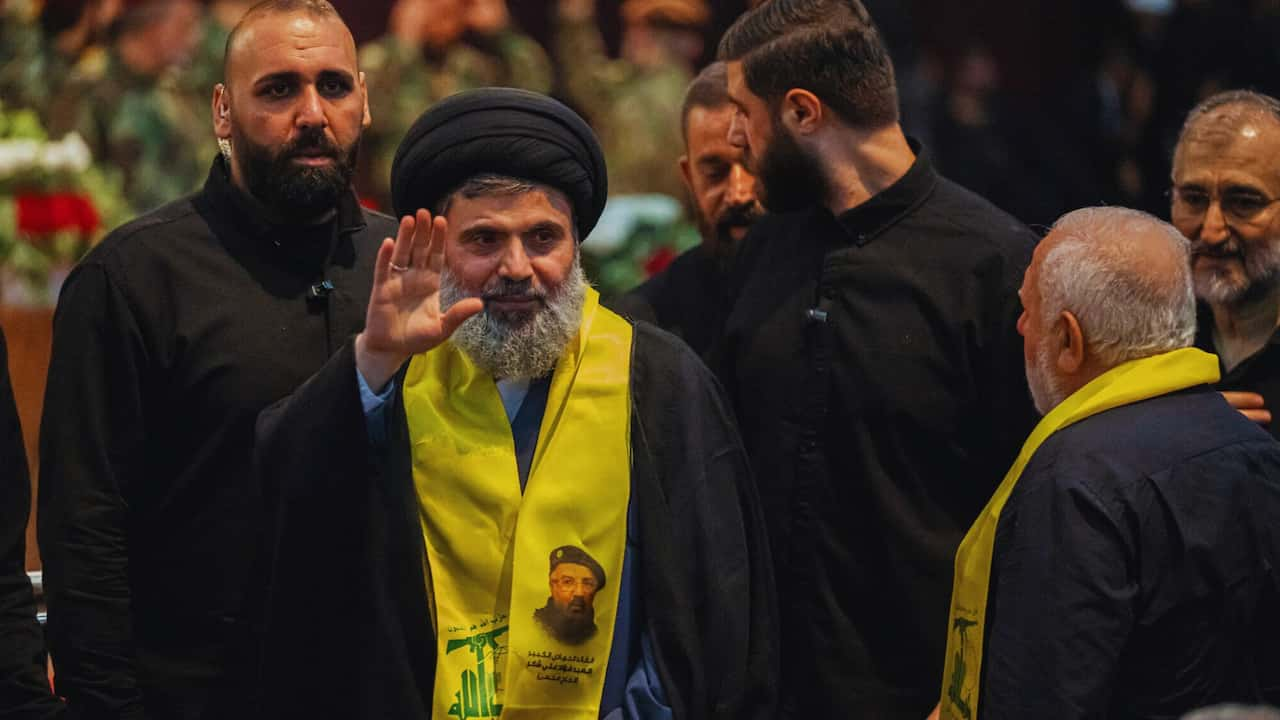Israel Deals Severe Blows to Hezbollah Leadership, Netanyahu Claims
In a stunning turn of events, Israeli Prime Minister Benjamin Netanyahu has announced that Israel has successfully eliminated not just one but potentially multiple successors to Hezbollah’s top leadership. This dramatic development comes as tensions between Israel and the Lebanon-based militant group reach a boiling point.
Speaking directly to the Lebanese people in a video message, Netanyahu pulled no punches. He declared, “We’ve taken out thousands of terrorists, including Nasrallah himself, and Nasrallah’s replacement, and his replacement’s replacement.” This bold statement suggests a significant disruption to Hezbollah’s command structure.
The Israeli military has been tight-lipped about specifics, but signs point to Hashem Safieddine as a critical target. Safieddine, a high-ranking Hezbollah official and cousin of the late Hassan Nasrallah, was reportedly in the crosshairs of an Israeli airstrike in Beirut last week.
While Hezbollah hasn’t confirmed any deaths, the silence speaks volumes. The group is likely scrambling to maintain stability and project strength in the face of these setbacks.
Netanyahu didn’t stop at claims of successful strikes. He used this moment to appeal directly to Lebanese citizens, urging them to “take back your country” from Hezbollah’s grip. “You can return it to a path of peace and prosperity,” he said, painting a vision of a Lebanon free from the shadow of conflict.
But is this just wishful thinking? Hezbollah’s roots run deep in Lebanese society, and dismantling its influence won’t be easy. The group has long positioned itself as a defender against Israeli aggression, a narrative that resonates with many in Lebanon.
These numbers aren’t just statistics – they represent shattered lives and communities pushed to the brink. The human cost of this conflict is mounting, and pressure is building for a resolution.
Interestingly, there are whispers of a potential ceasefire. Naim Qassem, one of Hezbollah’s few remaining top leaders, has voiced support for diplomatic efforts to pause the fighting. This could signal a shift in strategy, possibly driven by the group’s heavy losses.
Some analysts suggest Iran, Hezbollah’s main backer, is pushing for a de-escalation to “cut its losses.” The string of successful Israeli strikes against high-ranking Hezbollah officials has likely rattled Tehran.
But skeptics warn that any ceasefire might be short-lived. The deep-seated animosity between Israel and Hezbollah, coupled with the complex web of regional alliances, makes lasting peace a challenging prospect.
As this conflict enters a new phase, several key questions emerge:
- Can Hezbollah maintain its operational effectiveness after these leadership losses?
- Will Lebanese citizens heed Netanyahu’s call to push back against Hezbollah’s influence?
- Is a meaningful ceasefire possible, or will this be a brief pause before renewed hostilities?
- How will Iran respond to weakening its key proxy in the region?
The coming weeks will be critical in determining the trajectory of this long-standing conflict. For now, the people of Lebanon and northern Israel remain caught in the crossfire, hoping for a resolution that has eluded the region for decades.
As tensions remain high, one thing is clear: the landscape of this conflict has shifted dramatically. Whether this leads to further escalation or opens a door to meaningful dialogue remains to be seen. The world watches and waits, hoping for a breakthrough that could bring stability to this troubled corner of the Middle East.
